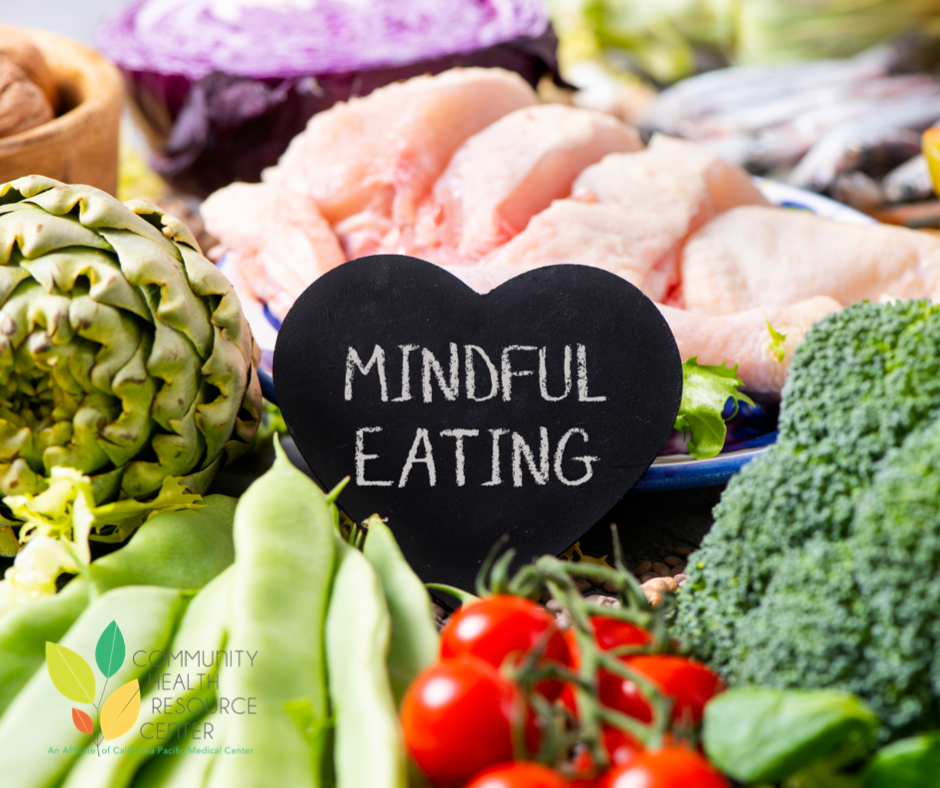In today’s fast-paced world, finding joy and inner peace can feel like a distant dream. But what if the key to unlocking happiness is right in front of us? The concept of “Yes, Claim Your Joy” has become a powerful movement, encouraging individuals to embrace their emotional well-being and take control of their mental health. As the U.S. continues to grapple with rising stress levels, anxiety, and a sense of disconnection, the need for practical, actionable steps toward joy has never been more urgent.
From mindfulness practices to self-compassion, the journey to reclaiming joy starts with understanding that it’s not just about feeling happy—it’s about recognizing and nurturing the deep, embodied experience of joy that exists within each of us. In this article, we’ll explore how to claim your joy, drawing on insights from experts like Dr. Tanmeet Sethi, who emphasizes the importance of reconnecting with our bodies and emotions as a pathway to lasting happiness.
Understanding Joy: Beyond Happiness
While happiness is often seen as a fleeting emotion tied to external circumstances, joy is a deeper, more enduring state of being. According to Dr. Tanmeet Sethi, a board-certified Integrative Family Medicine physician, joy is an embodied experience rooted in love, connection, and meaning. It’s not something that can be bought or achieved through material success—it’s a birthright that exists within us all, regardless of our circumstances.
“Joy is not a cognitive construct. It’s not dependent on outcomes or achievements. It’s something we can access at any moment, even when life is difficult,” says Dr. Sethi.
This distinction is crucial because it shifts the focus from trying to force happiness to cultivating a deeper, more sustainable form of joy. For many, the pursuit of happiness has led to burnout, comparison, and a sense of emptiness. By contrast, claiming joy involves embracing our pain and learning to find meaning and connection within it.
Practical Steps to Claim Your Joy
1. Start with the Breath
Breathing is one of the simplest yet most powerful tools for grounding ourselves in the present moment. Taking a few minutes each day to focus on your breath can help calm the mind and bring a sense of clarity. Whether you’re sitting in a quiet room or taking a break during a busy day, simply noticing the sensation of air entering and leaving your body can create a space for joy to emerge.
2. Practice Gratitude Daily

Gratitude is a powerful antidote to negative emotions. By reflecting on what you’re thankful for, even the smallest things, you shift your focus from what’s lacking to what’s abundant in your life. Writing down three things you’re grateful for each day can help cultivate a positive mindset and reinforce the idea that joy is always within reach.
3. Engage in Mindful Eating
In our fast-paced lives, meals are often rushed affairs. But by slowing down and savoring each bite, you can transform eating into a mindful practice. Pay attention to the flavors, textures, and aromas of your food, and notice how your body responds. This not only enhances your dining experience but also promotes a healthier relationship with food.
4. Embrace Nature

Nature has a remarkable ability to soothe the mind and uplift the spirit. Spending time outdoors—whether it’s a walk in the park, a hike in the woods, or simply sitting in your garden—can help you reconnect with the world around you. As you immerse yourself in nature, practice mindfulness by observing the sights, sounds, and smells around you. This connection to the natural world can significantly enhance your emotional state.
5. Cultivate Self-Compassion
We are often our harshest critics. Mindfulness encourages self-compassion, allowing us to treat ourselves with the same kindness we would offer a friend. When negative thoughts arise, acknowledge them without judgment. Remind yourself that it’s okay to feel this way. Embrace your imperfections and recognize that everyone struggles. This shift in perspective can lead to greater emotional resilience.
6. Limit Digital Distractions

In an age dominated by screens, it’s easy to become overwhelmed by information overload. Set boundaries for your digital consumption. Designate specific times to check emails or social media, and consider a digital detox. Use this time to engage in mindfulness practices, such as meditation or yoga. Reducing digital distractions can help you reconnect with yourself and enhance your emotional well-being.
7. Incorporate Movement
Mindfulness isn’t limited to stillness; it can also be found in movement. Activities like yoga, tai chi, or even a simple walk can be practiced mindfully. Focus on the sensations in your body as you move. Notice how your muscles feel, the rhythm of your breath, and the connection between your body and the ground. This awareness can help release tension and promote emotional balance.
8. Create a Mindfulness Routine

Consistency is key to reaping the benefits of mindfulness. Establish a daily routine that incorporates mindfulness practices. Whether it’s a morning meditation, an afternoon walk, or an evening reflection, find what works for you. Over time, these practices will become ingrained in your daily life, leading to lasting emotional well-being.
9. Seek Support When Needed
Mindfulness is a powerful tool, but it’s not a substitute for professional help. If you’re struggling with your emotional well-being, don’t hesitate to reach out to a therapist or counselor. They can provide guidance and support tailored to your needs. Combining mindfulness with professional help can create a holistic approach to emotional health.
10. Be Patient with Yourself
Finally, remember that mindfulness is a journey, not a destination. It’s normal to have ups and downs along the way. Be patient with yourself as you navigate this path. Celebrate small victories and acknowledge your progress. With time and practice, you’ll find that mindfulness can profoundly enhance your emotional well-being.
The Science Behind Joy
Dr. Tanmeet Sethi emphasizes the importance of understanding the science behind joy, particularly the role of the vagus nerve. This longest nerve in the body plays a critical role in regulating the nervous system and promoting feelings of safety and connection. Activating the vagus nerve through practices like breathing, walking, and meditation can help us reconnect with ourselves and the world around us.
“The vagus nerve sends more information to the brain from the body than vice versa. This is why it’s so important to step into our body and start the healing process,” says Dr. Sethi.
By understanding the science behind joy, we can better appreciate the power of our bodies and the importance of connecting with them. This knowledge can empower us to take control of our emotional well-being and reclaim the joy that is our birthright.
Conclusion
Claiming your joy is not about achieving perfection or eliminating pain—it’s about learning to live fully, even in the face of challenges. By incorporating mindfulness practices, self-compassion, and a deeper understanding of our bodies, we can cultivate a more resilient and joyful life. As Dr. Tanmeet Sethi reminds us, joy is not a solution to our problems, but a way to hold all the questions and continue moving forward with grace and strength.
Call to Action
If you’re ready to take the first step toward claiming your joy, start with one small practice today. Whether it’s focusing on your breath, practicing gratitude, or spending time in nature, every action counts. Remember, the journey to emotional well-being is unique for everyone, so take it one mindful step at a time.
Stay updated with the latest news and insights on finding joy and inner peace. Explore today’s headlines and discover how to live a more fulfilling life.
Author: [Name]
Title/Role: [Jabatan atau keahlian]
Credentials: [Ringkasan kualifikasi atau pengalaman terkait]
Profile Link: [Link profil, opsional]
Sources:
1. American Psychological Association
2. Mayo Clinic – Mindfulness
3. Harvard T.H. Chan School of Public Health – Mindfulness
Internal Links:
– How to Practice Mindfulness
– The Benefits of Gratitude
– Finding Joy in Everyday Life
Meta Title: US Trending News: How to Claim Your Joy
Meta Description: Discover practical steps to find happiness and inner peace. Learn how to claim your joy and enhance your emotional well-being today.
Schema Markup:
{
"@context": "https://schema.org",
"@type": "Article",
"headline": "US Trending News: How to Claim Your Joy",
"description": "Discover practical steps to find happiness and inner peace. Learn how to claim your joy and enhance your emotional well-being today.",
"author": {
"@type": "Person",
"name": "[Name]"
},
"publisher": {
"@type": "Organization",
"name": "[Website Name]",
"logo": {
"@type": "ImageObject",
"url": "[Logo URL]"
}
},
"datePublished": "2023-10-05"
}
Featured Snippet Optimization:
“Claim your joy by practicing mindfulness, gratitude, and self-compassion. These steps can help you find happiness and inner peace in your daily life.”
Dwell Time Strategy:
Start with a strong hook that highlights the importance of joy in modern life, then provide actionable steps and expert insights to keep readers engaged throughout the article.
Bounce Rate Reduction:
Ensure the article flows logically, with clear headings and subheadings that guide readers through the content. Use engaging language and real-life examples to maintain interest.
Reader Engagement:
Encourage readers to share their experiences and ask questions in the comments section. Promote further reading and related topics to keep them coming back for more insights.
Update Plan:
This article is evergreen and can be updated every 6-12 months to reflect new research, trends, and insights on emotional well-being and mindfulness practices.











More Stories
US Trending News: Explore Www.hobbylobby.com: Your Ultimate Guide to the Official Site
When Is Trick Or Treating in 2024: A Complete Guide for Halloween
US Trending News: What Time Does Spirit Halloween Close This Year?